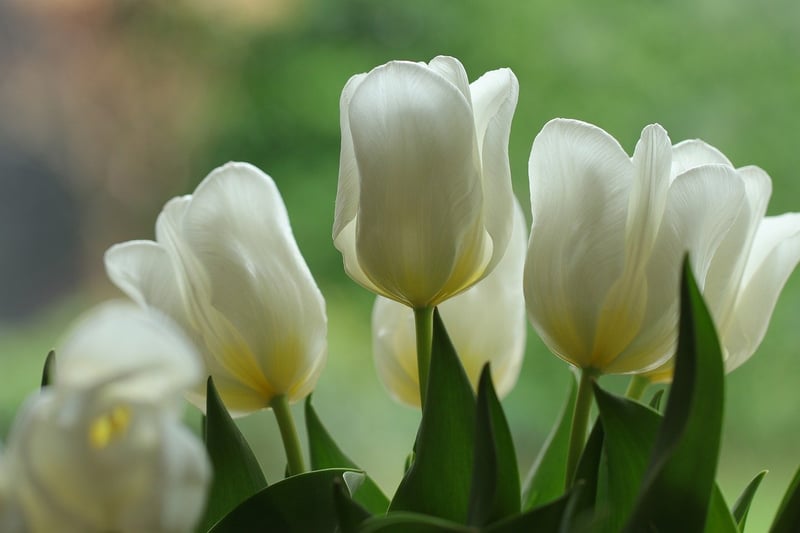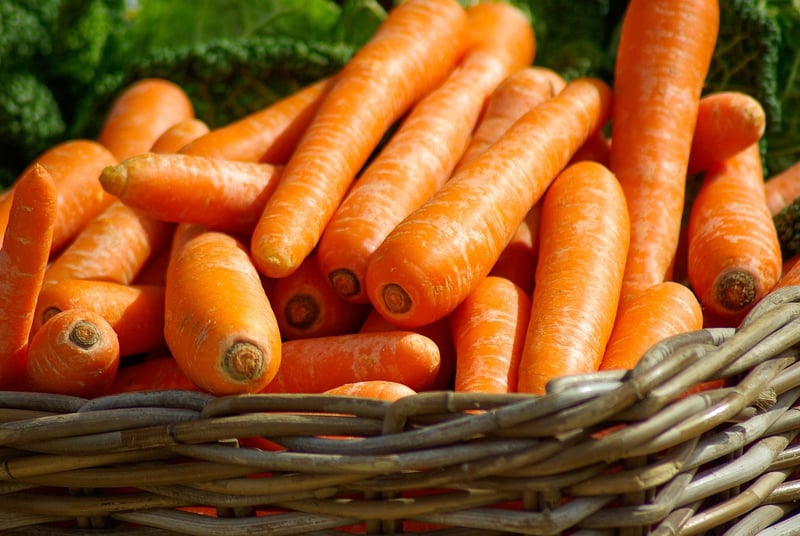Fall Planting
Adapting to Weather Changes + Fall Planting
Introduction
As the seasons shift and the weather changes, it's essential to adapt our gardening practices to ensure our plants thrive. Fall, in particular, presents a unique opportunity for planting and preparing our gardens for the upcoming winter months. Let's explore how to adapt to weather changes and make the most of fall planting.
Adapting to Weather Changes
Weather changes can have a significant impact on our gardens. Here are some tips on how to adapt:
1. Monitor Temperature Fluctuations
Keep an eye on temperature fluctuations and be prepared to protect sensitive plants from sudden drops in temperature.
2. Adjust Watering Schedule
With changing weather patterns, adjust your watering schedule accordingly. Plants may require more or less water depending on the weather conditions.
3. Mulch for Insulation
Adding a layer of mulch around plants can help insulate the soil, regulate temperature, and retain moisture during unpredictable weather.
Fall Planting
Fall is an excellent time for planting certain types of plants. Here are some ideas for fall planting:
1. Bulbs
Plant spring-flowering bulbs like tulips and daffodils in the fall for a burst of color in the coming spring.

2. Perennials
Many perennials thrive when planted in the fall, giving them a head start for the next growing season.
3. Vegetables
Plant cool-season vegetables such as broccoli, kale, and carrots in the fall for a fall or early spring harvest.

Conclusion
By adapting to weather changes and taking advantage of fall planting opportunities, you can ensure a successful gardening season. Stay mindful of the weather, adjust your gardening practices accordingly, and make the most of the fall planting season to set your garden up for success.
Happy gardening!
